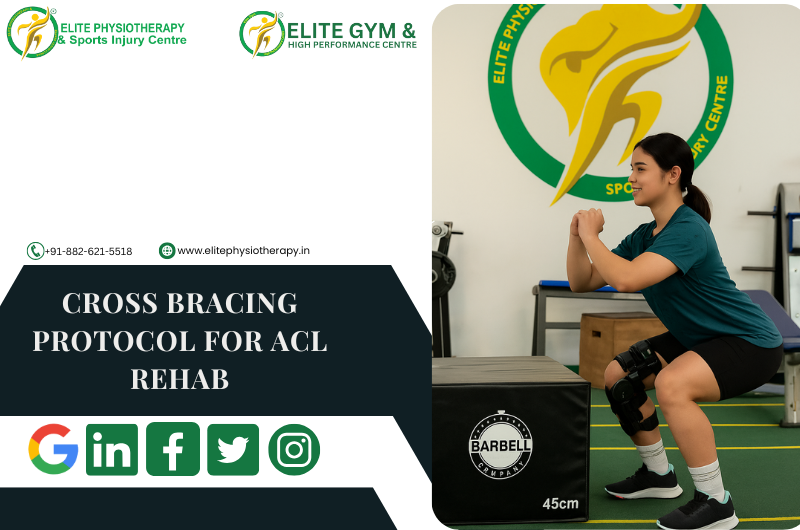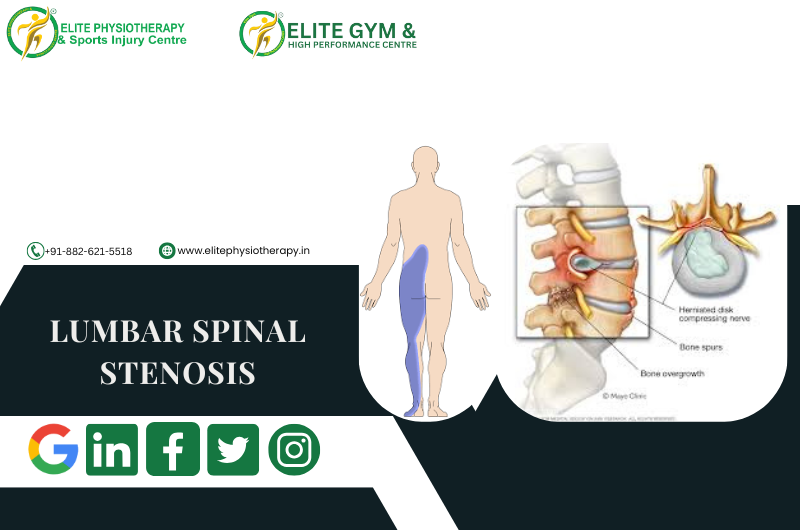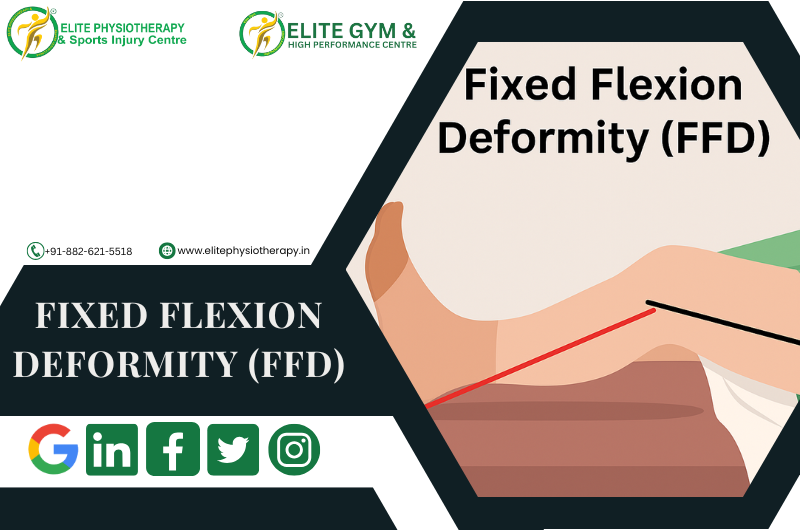What is Spondylolisthesis?
The sliding of one vertebral body relative to the next, known as spondylolisthesis, results in pain, radicular symptoms, or mechanical symptoms. It may result from idiopathic, acquired, or congenital causes. The degree of slippage (Meyerding Classification) of one vertebral body on the next vertebral body determines the grade of spondylolisthesis.[1]
What Causes Spondylolisthesis?
- Congenital weakness, stress fractures, and spinal degeneration are common reasons.
- Athletes’ recurrent stress or aging-related deterioration may potentially be the cause.
- Traumatic accidental injuries
- Pathological factors, such as connective tissue disorders and neoplasms.
- Following a laminectomy.
- Early-life decline in neural arch strength
Clinical Presentation
Pain presentation
- Low back pain (lumbar) or neck pain (cervical)
- Can mimic radiculopathy
- Worsens with spinal extension or palpation
- Improves in flexed or supine posture
Neurological involvement
- Radicular pain due to nerve root compression (foraminal narrowing, disc protrusion, or canal stenosis)
- Reduced spinal ROM
- Possible neurological deficits
Musculoskeletal findings
- Hamstring tightness or spasm
- Muscle weakness and atrophy
- Crouched gait (Phalen-Dickson sign) due to postural compensations
Functional impairments
- Disturbed coordination and balance
- Difficulty walking
Elite Physiotherapy’s Personalized Approach
At Elite Physiotherapy & Sports Injury Centre, we value your unique needs. We start with careful evaluation. Design a plan that fits your lifestyle and pain level. We blend manual therapy, therapeutic exercises, and advanced modalities to restore function and strength.
Assessment Technique & Specialized Physiotherapy Test
To fully assess spondylolisthesis, we use a multi-step approach:
Postural Analysis
- Observe spinal alignment, pelvic tilt, and posture during standing and movement.
- Look for abnormal lumbar curves or forward displacement.
Movement Testing
- Test active and passive spine flexion, extension, and side-bending.
- Note pain levels and movement restriction.
Specific Segmental Move Test
- Applying targeted mobilization to each lumbar segment while feeling for resistance or movement.
- This reveals the precise vertebra level that has shifted or lacks stability.
Functional Load Assessment
- Observe how the spine responds under gentle compressive load in neutral or extension.
- Assess pain response and stability under real-life stress.
Neurological Screen (if needed)
- Check reflexes, muscle strength, and sensation in lower limbs.
- Rule out nerve compression from the shifted vertebra.
Personalized Physiotherapy Management
1. Pain Relief and Initial Stabilization
- Begin with gentle manual therapy targeting the affected vertebral level.
- Use soft-tissue release to ease muscle tightness.
- Apply electrotherapy (like TENS or ultrasound) to relieve pain and reduce muscle spasm.
2. Core Stabilization and Neutral Spine Control
- Teach deep abdominal bracing in neutral spine position.
- Guide pelvic tilts and glut activation exercises to reduce spinal load.
- Progress into bird-dog, focusing on spine control with limb movement.
3. Lumbar Segmental Mobilization
- Apply controlled mobilization at the specific slipping segment.
- Use directional preference movements to encourage vertebral alignment.
- Reassess after each session to ensure progress.
4. Flexibility and Paraspinal Strengthening
- Stretch tight hamstring and hip flexor muscles without forcing movement.
- Incorporate side-planks and modified bridges to strengthen trunk and glutes.
- Progress with Swiss-ball control exercises for added stability.
5. Functional Training and Movement Re-education
- Advise and train safe movement patterns for daily tasks.
- Use squat-to-stand drills with neutral spine emphasis.
- Incorporate dynamic balance work, such as single-leg stance with trunk rotation.
6. Gradual Return to Sport or Activities
- Include sport-specific drills with controlled spine posture.
- Gradually increase intensity, speed, and complexity.
- Monitor form to prevent shear forces on the lumbar spine.
7. Education and Prevention
- Teach proper posture and body mechanics for activities such as bending, lifting, and sitting.
- Provide a personalized home exercise program for spinal stability.
- Schedule periodic follow-ups to track progress and adjust treatment.
Why Elite Physiotherapy Excels
- We offer expert, hands-on care tailored to each slip’s severity.
- We maintain a safe, progressive plan built on spinal mechanics.
- We combine manual therapy, movement control, and sport readiness.
- We stress patient education, empowering long-term spine health.
- We monitor closely and adapt therapy as you improve.
Conclusion
At Elite Physiotherapy & Sports Injury Centre, we guide healing from spondylolisthesis with precision, compassion, and progression. We blend assessment with active treatment, core retraining, and safe return to activity. We help you reclaim pain-free movement with strength, control, and confidence.










